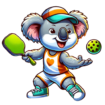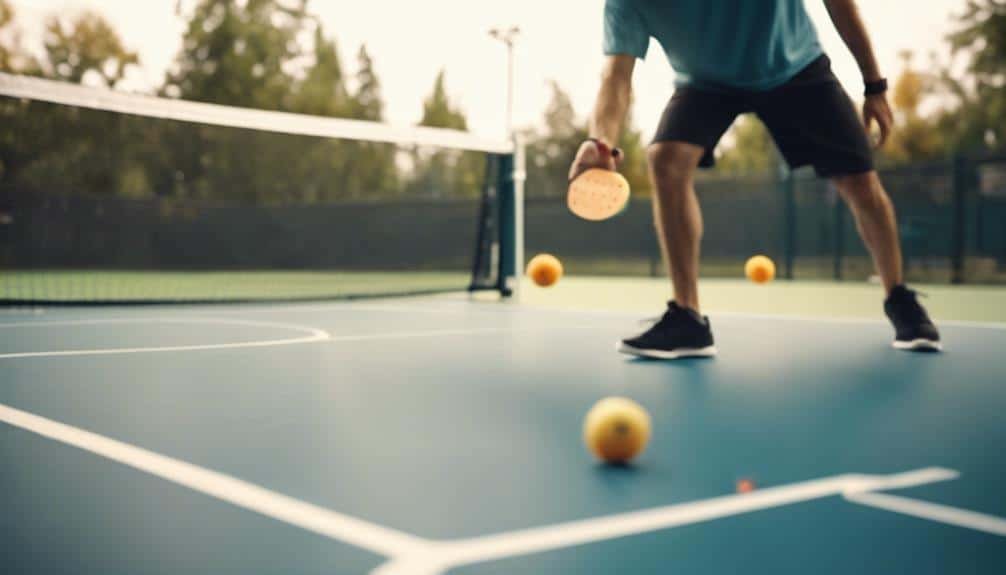I've discovered that the third shot drop in pickleball isn't the game-changing technique many believe it to be. While it's an important skill, it's just one piece of a larger strategic puzzle. Mastering this shot alone won't guarantee success. A comprehensive approach is crucial, incorporating movement, positioning, angle creation, and anticipating opponent responses. Effective partnership dynamics and continuous improvement are equally vital. I've learned that focusing solely on perfecting the drop can lead to missed opportunities and unnecessary errors. To truly elevate your game, you'll need to broaden your perspective and consider the full spectrum of pickleball strategies.
Key Takeaways
- The third shot drop is part of a larger tactical framework, not a standalone solution.
- Effective execution requires mastering movement, angles, and anticipation of opponents' responses.
- A comprehensive strategy integrating the drop with other skills is crucial for success.
- Focusing solely on perfecting the drop can lead to missed opportunities and unnecessary errors.
- Adapting strategy and maintaining strong partnership dynamics are essential for maximizing the drop's effectiveness.
Understanding the Third Shot Drop
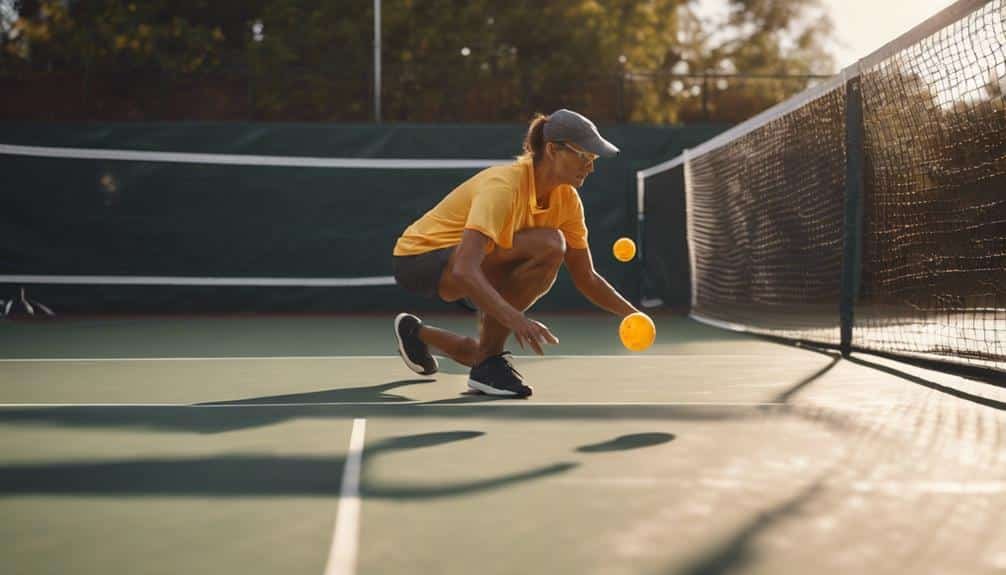
While often touted as a crucial pickleball strategy, the third shot drop isn't a standalone solution but rather a component of a more complex tactical framework.
Many players fall victim to third shot myths, believing that mastering this technique alone will significantly improve their game. However, I've found that understanding the shot nuances is just one piece of the puzzle.
To truly excel, we must consider movement, angles, and propensities.
It's not enough to execute a perfect drop; we need to anticipate our opponents' reactions and position ourselves accordingly.
I've seen players focus solely on the drop, neglecting other critical aspects of the game.
This narrow focus can lead to missed opportunities and unnecessary errors.
Instead, we should view the third shot drop as part of a larger strategy, integrating it seamlessly with other skills to create a well-rounded, effective game plan.
Beyond the Drop Shot
Mastering the third shot drop alone isn't enough; players must develop a comprehensive strategy that incorporates movement, angles, and anticipation of opponents' propensities.
As I've delved deeper into the sport, I've discovered that many drop myths can hinder a player's progress. It's crucial to understand the shot nuances and how they fit into the larger puzzle of pickleball strategy.
I've learned that effective movement and angle coverage are immediate game-changers. Recognizing when to stay back or move forward on the third shot can make or break a rally.
Additionally, understanding our opponents' likely counters to our drops helps us adapt our strategy mid-game.
Movement and Positioning
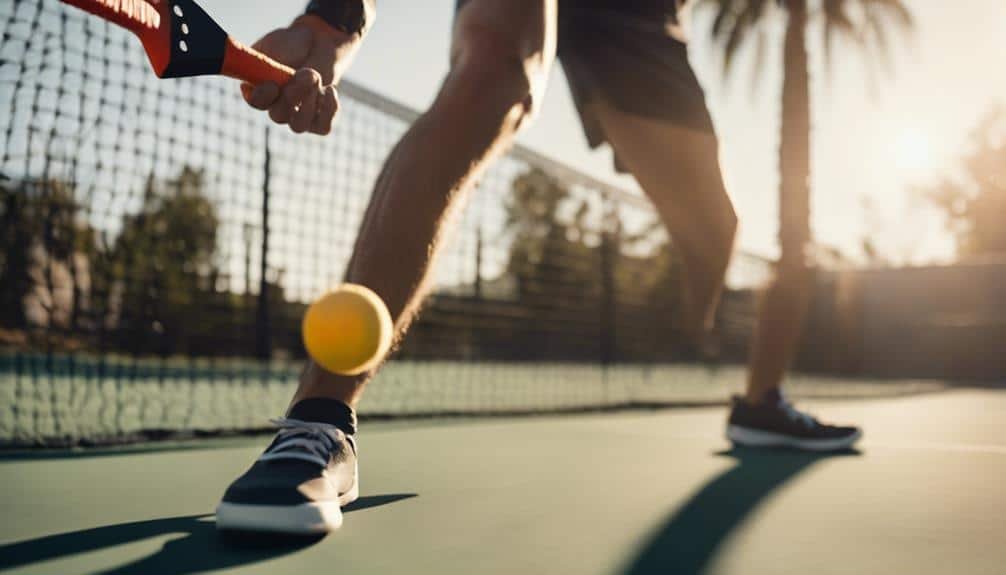
In the realm of pickleball, movement and positioning serve as the foundation upon which successful third shot drops are built.
I've found that court awareness and spatial recognition are crucial skills to develop. As I execute a third shot drop, I'm not just focused on the ball; I'm constantly assessing my position and that of my opponents.
It's about anticipating where the return will land and adjusting my stance accordingly. I've learned that effective movement isn't just about getting to the ball; it's about maintaining optimal court coverage.
Sometimes, the best move is to stay put, allowing me to extend the rally. By honing these skills, I've seen immediate improvements in my game.
Angles in Pickleball
Angles play a pivotal role in the execution of an effective third shot drop, complementing proper movement and positioning on the pickleball court.
I've found that understanding court geometry is crucial for creating advantageous angles during play. By manipulating the ball's trajectory, I can force my opponents into awkward positions, opening up opportunities for strategic shots.
Angle creation isn't just about hitting the ball; it's about anticipating my opponent's response and planning several moves ahead.
I've learned to use the corners and sidelines effectively, exploiting the court's dimensions to my advantage. This approach allows me to control the pace and flow of the game, keeping my opponents off-balance.
Mastering angles has significantly improved my third shot drop success rate.
It's become an integral part of my strategy, allowing me to seamlessly integrate movement, positioning, and shot selection into a cohesive game plan.
Anticipating Opponent Responses
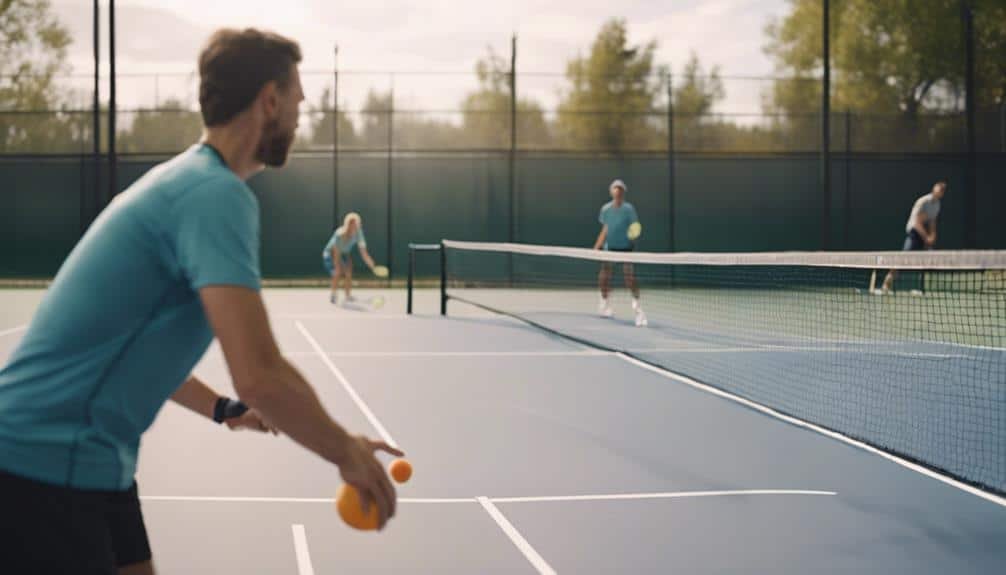
When executing a third shot drop, I've found that anticipating my opponents' responses is crucial for maintaining strategic advantage.
I've learned to develop opponent profiling skills, observing their tendencies and preferred shots.
This allows me to predict their likely reactions and adjust my strategy accordingly.
I've also created counter playbooks for common responses, giving me a repertoire of ready-made solutions to various scenarios.
Adapting Your Strategy
Adapting your strategy in response to opponents' reactions is crucial for maintaining an edge in the third shot drop scenario. I've learned that a rigid game plan can be a recipe for failure. Instead, I focus on making strategy tweaks based on my opponents' propensities and counters.
By observing their patterns, I can anticipate their moves and adjust accordingly.
I've found that flexibility is key. Sometimes, I need to mix up my shots, varying between drops and drives.
Other times, I might need to change my positioning or timing.
These adaptations keep my opponents guessing and off-balance.
Remember, the third shot drop isn't a standalone solution; it's part of a larger puzzle that includes movement, angles, and strategic thinking.
Comprehensive Training Resources
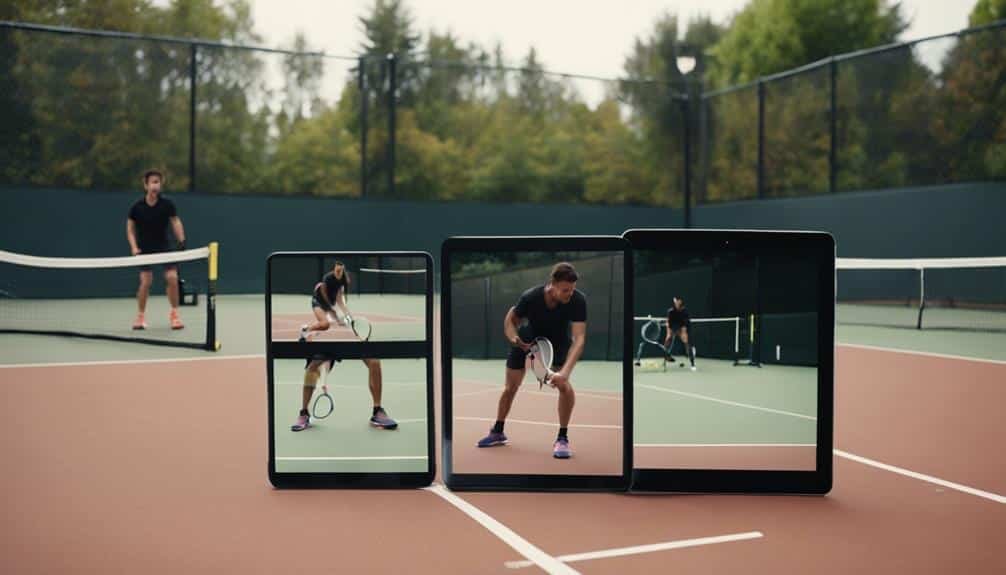
To master the complexities of the third shot drop and its related strategies, I've found comprehensive training resources invaluable.
I've thoroughly explored the Pickleball System Class, which offers in-depth insights and practical exercises. The Beat the Bangers course has been particularly helpful in honing my skills against aggressive players.
For those seeking to improve their partnership dynamics, I highly recommend the Unbeatable Partner Play course.
I've also delved into the Three Pillars of Pickleball, which provides a solid foundation for understanding the game's core principles.
Course reviews from fellow players have guided my choices, ensuring I invest my time wisely.
I've implemented numerous training tips from these resources, significantly enhancing my overall gameplay.
Partnership Dynamics
Effective partnership dynamics form the cornerstone of successful third shot drop execution in pickleball.
I've observed that pickleball synergy between partners is crucial for maximizing the impact of this shot. It's not just about individual skill; it's about how well you and your partner read each other's movements and intentions.
Partner chemistry plays a significant role in anticipating and responding to opponents' counters. I've found that teams who communicate effectively, both verbally and non-verbally, have a distinct advantage.
They're able to adjust their positioning and strategy on the fly, creating a more cohesive and adaptable unit. This synergy extends beyond the third shot drop, influencing every aspect of the game.
Community Support and Engagement
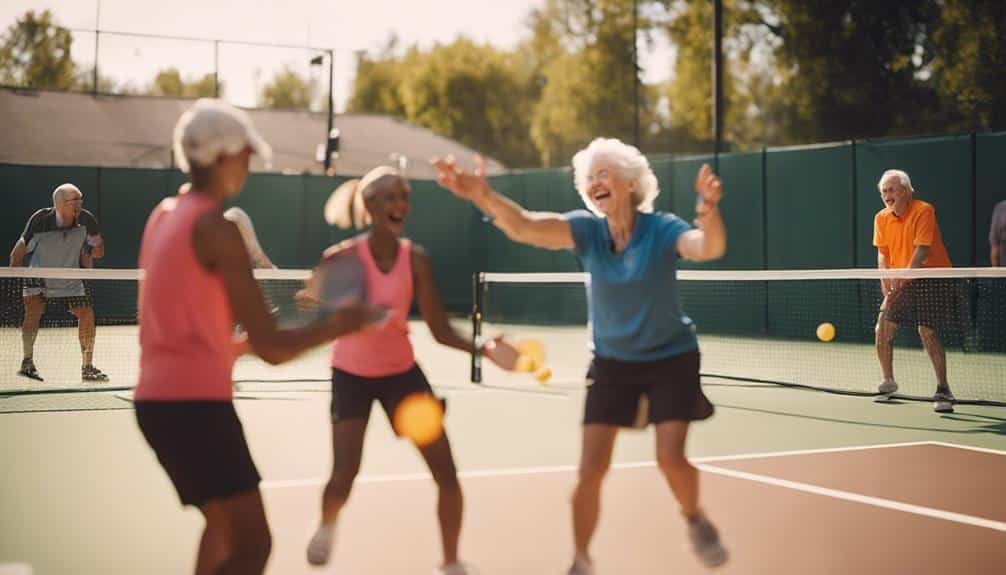
The pickleball community's support and engagement extend far beyond individual partnerships, fostering a broader network of knowledge sharing and skill development.
I've found that forum engagement plays a crucial role in this ecosystem, allowing players to discuss strategies, share experiences, and seek advice on various aspects of the game, including the third shot drop.
This player connectivity creates a sense of belonging and mutual growth.
Through our podcast and online resources, I aim to contribute to this collective knowledge base, offering insights into the nuances of pickleball techniques.
By rating and reviewing the show, you're not just supporting me, but also helping other players discover valuable content.
Our community's commitment to improvement is evident in the way we collaborate, share resources, and provide constructive feedback.
Together, we're building a stronger, more knowledgeable pickleball community.
Continuous Improvement in Pickleball
Mastery in pickleball demands a relentless pursuit of improvement, encompassing not only the third shot drop but also the intricate web of movement, angles, and strategic adaptability.
As I've progressed on my player journey, I've realized that adopting a growth-oriented pickleball mindset is crucial. This mindset involves:
- Embracing challenges as opportunities for learning
- Seeking feedback from more experienced players
- Consistently analyzing and refining my gameplay
I've found that continuous improvement in pickleball requires a holistic approach. It's not just about perfecting one shot; it's about developing a comprehensive understanding of the game's dynamics.
By focusing on movement efficiency, angle creation, and anticipating opponents' propensities, I've seen significant strides in my performance.
Conclusion
I've illuminated the multifaceted nature of pickleball beyond the third shot drop.
Like a chess master who sees beyond a single move, successful players integrate movement, angles, and opponent analysis into their strategy.
By embracing a holistic approach to training and gameplay, you'll elevate your performance exponentially.
Remember, the third shot drop is merely a cog in the machine of pickleball mastery.
Continuous improvement and community engagement are key to unlocking your full potential on the court.
